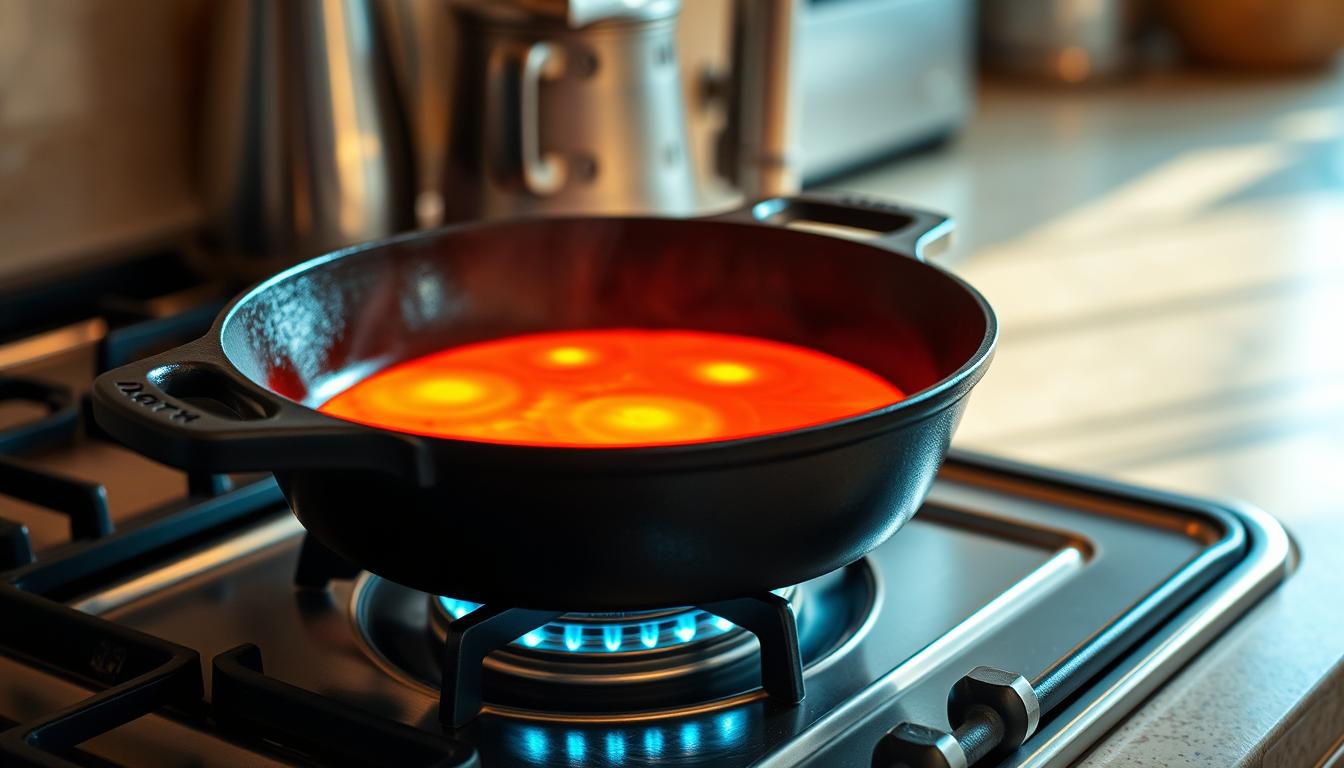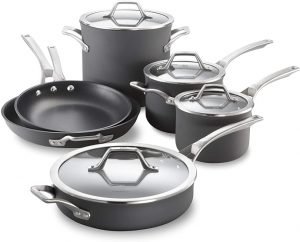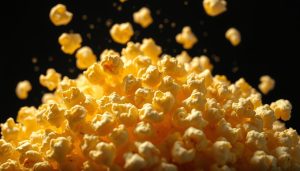Did you know cookware made from this material has been used for over 2,500 years? Archaeologists trace its origins to 5th-century BC China, where early versions of cast iron pans revolutionized food preparation. By the 1700s, these durable tools became staples in American kitchens—and they’ve barely changed since.
What makes these pieces so enduring? Unlike lightweight alternatives, they absorb and distribute warmth evenly. This ensures your steak sears perfectly or cornbread bakes with a golden crust. Modern nonstick options might heat faster, but they lose temperature the moment you add ingredients.
Chefs value this cookware for its adaptability. It transitions from stovetop to oven effortlessly, locking in flavors at steady temperatures. And with proper care, a single skillet can last generations—something flimsier pots can’t claim.
Key Takeaways
- Cast iron cookware dates back to ancient China and remains virtually unchanged in design
- Superior heat retention ensures consistent cooking results for searing, frying, and baking
- Heavyweight construction prevents rapid temperature drops during food preparation
- Durable material withstands high heat and improves with regular seasoning
- Outperforms many modern pans in techniques requiring sustained thermal energy
Exploring the Science Behind Cast Iron’s Heat Retention
The secret to superior cooking lies in molecular physics. Unlike thin, reactive metals, this cookware’s performance stems from its atomic makeup and structural design. Let’s break down what happens at the microscopic level when you fire up your skillet.
Thermal Mass and Material Density
Iron atoms pack tightly in cast cookware, creating a dense molecular lattice. This structure acts like a battery for thermal energy. Thicker pans store more warmth because they contain additional material layers to absorb energy.
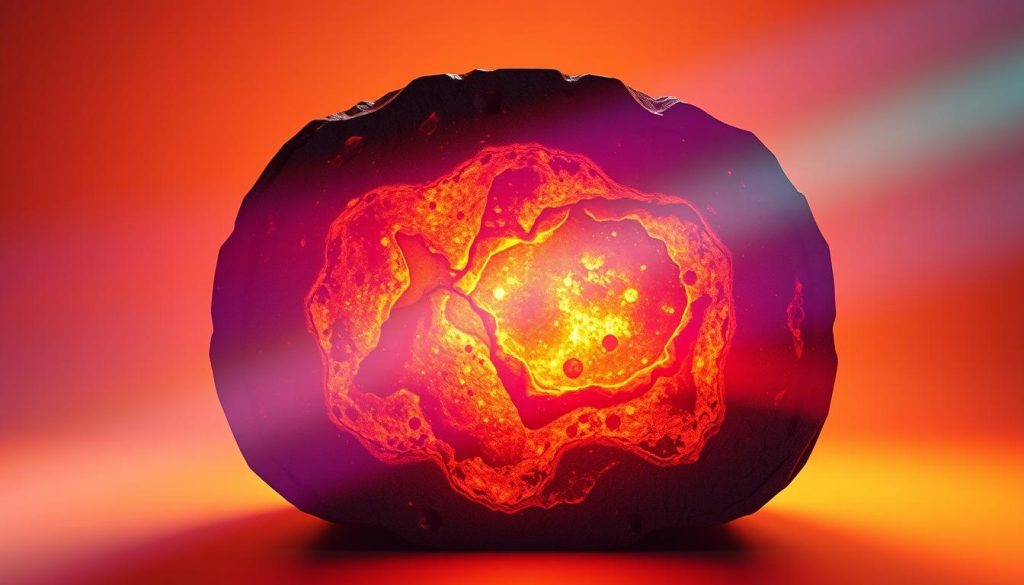
Even Heat Distribution and Addressing Hot/Cold Spots
While iron conducts heat slower than copper, this “flaw” becomes its strength. The gradual energy movement prevents sudden temperature drops when adding food. Proper preheating lets warmth spread uniformly, minimizing uneven zones.
Think of it like a marathon runner versus a sprinter. Lighter metals react quickly but tire fast. Cast pieces maintain steady energy output, ideal for searing crusts or baking delicate dishes. Mastering this balance transforms how you control cooking temperatures.
Understanding Why Cast Iron Holds Heat So Well
Manufacturing methods shape performance in surprising ways. When molten iron flows into sand molds during production, it cools into a rigid form packed with microscopic carbon particles. This fusion creates a unique thermal profile that outperforms modern alternatives.
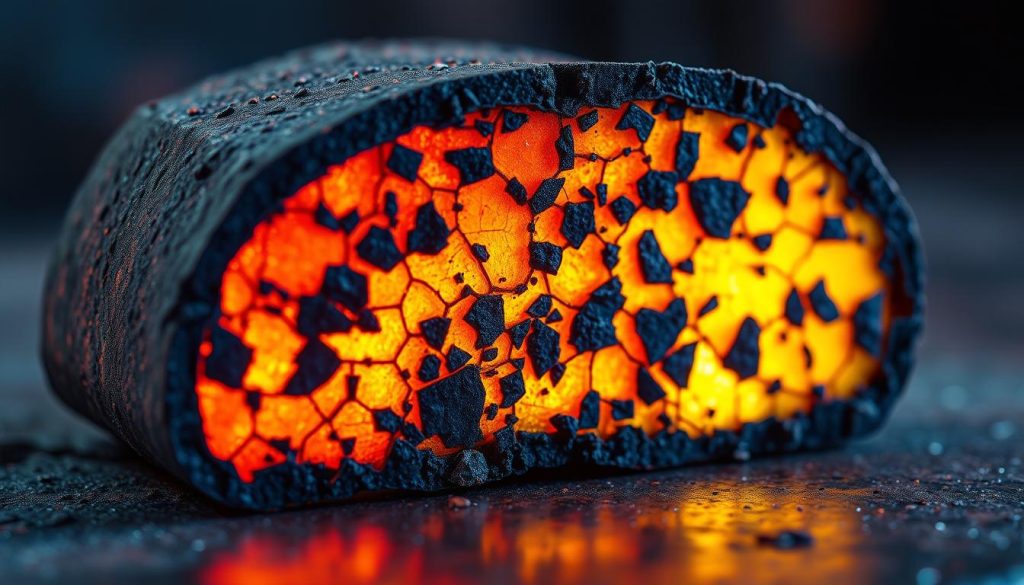
The Role of Iron and Carbon in Heat Retention
Iron atoms form a dense lattice that traps thermal energy. Carbon acts like glue between these atoms, creating pockets that store warmth longer. Together, they form a heat reservoir that resists sudden temperature changes.
Aluminum pans heat faster but lose energy instantly when food hits the surface. A 12-inch skillet made of this material retains nearly 30% more thermal energy than its aluminum counterpart. That’s why your steak sizzles steadily instead of steaming.
Thicker walls and heavier construction amplify this effect. Dutch ovens excel at slow-cooking stews because their mass releases energy gradually. Over time, seasoning layers fill microscopic pores, enhancing heat transfer efficiency.
This combination of elements creates cookware that adapts to your cooking style. Whether searing on the stove or baking in the oven, the material’s inherent properties maintain precise control over your dishes.
Seasoning and Maintaining Your Cast Iron Cookware
Transform your kitchen tools into non-stick champions through science-backed maintenance. Proper care turns ordinary iron pans into heirloom-quality pieces that outperform modern alternatives.
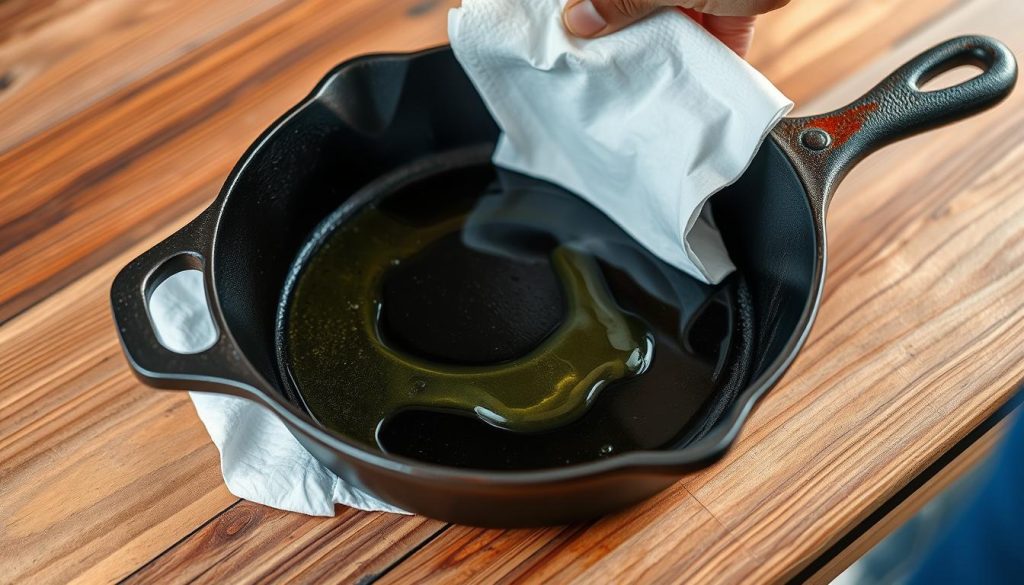
The Science Behind the Seasoning Process
When you heat oil in your oven, magic happens at molecular levels. The polymerization process converts liquid fats into a glass-like shield. Oil molecules bond tightly with iron’s porous surface, creating an impermeable layer.
Flaxseed and vegetable oils work best due to high smoke points. Multiple thin coats build durability better than single thick applications. “Seasoning isn’t just coating—it’s molecular armor,” notes culinary scientist Dr. Elena Torres.
| Oil Type | Smoke Point | Durability |
|---|---|---|
| Vegetable | 400°F | Good |
| Flaxseed | 225°F | Excellent |
| Canola | 400°F | Fair |
| Avocado | 520°F | Premium |
Practical Tips for Preventing Rust and Wear
Follow this 3-step ritual after each use:
- Clean gently with coarse salt
- Apply oil while warm
- Store in dry places
Avoid soaking or harsh detergents. For stubborn residue, boil water in the pan before scrubbing. Regular use actually strengthens the protective layer through natural oil replenishment.
“Your grandmother’s skillet works better than new ones because decades of seasoning create microscopic smoothness.”
Rebuild damaged coatings by baking upside-down at 220°C for 30-minute cycles. Three sessions typically restore performance. With consistent care, your cookware becomes virtually rust-proof and improves yearly.
Mastering Cooking Techniques with Cast Iron
Perfecting your culinary skills requires adapting to your tools’ unique properties. While modern pans heat quickly, true mastery comes from understanding how to harness thermal mass effectively.
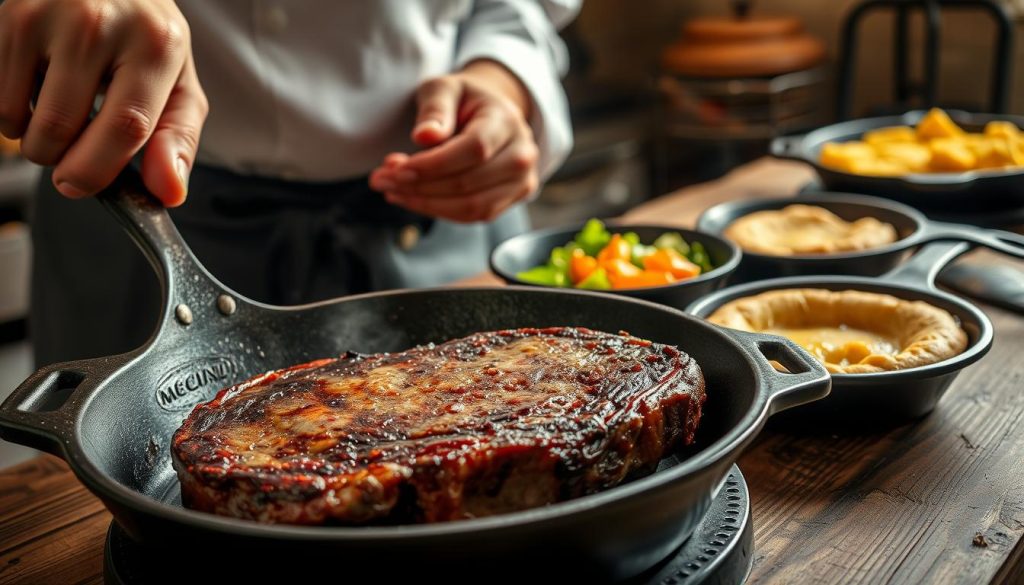
Preheating and Temperature Management
Patience becomes your secret ingredient. These pans need 5-10 minutes on medium-low heat to reach ideal cooking temperatures. Rushing this step creates uneven zones—your eggs might stick in cooler areas while burning elsewhere.
Test readiness by sprinkling water droplets. If they sizzle and evaporate instantly, your surface is primed. Always use oven mitts: handles absorb heat just like the cooking surface, reaching scorching temperatures within minutes.
Optimizing Searing and Oven Cooking
When searing steaks, the cast iron skillet set outperforms aluminum by maintaining surface heat. While aluminum drops 50°F instantly when food hits it, iron barely flinches—keeping that crust-forming sizzle constant.
For oven dishes, start on the stovetop to develop flavors, then transfer seamlessly. The heavy construction holds heat through baking cycles, ensuring even cooking from edge to center. Remember: your pan stays piping hot long after removal from heat sources.
“Great cooks don’t fight their tools—they learn their rhythms. Cast iron teaches you to respect thermal physics.”
Comparing Cast Iron to Other Cookware Materials
Choosing kitchen tools requires understanding their strengths. While modern metals offer quick heating, they lack the staying power needed for certain techniques. Let’s explore how different materials perform under pressure.
Material Showdown: Performance Metrics
| Material | Heat Retention | Responsiveness | Lifespan |
|---|---|---|---|
| Cast Iron | Excellent | Slow | Generational |
| Stainless Steel | Good | Moderate | 10-15 years |
| Aluminum | Poor | Fast | 3-5 years |
| Non-Stick | Very Poor | Fast | 2-3 years |
Built to Last Versus Built to Replace
Thin aluminum pans warp when searing meats. Non-stick coatings peel after 300 uses. Your cast iron skillet becomes more reliable with each meal. The seasoning layer thickens naturally through regular cooking, creating a slick surface that rivals synthetic coatings.
Chef Martin Yang explains:
“My great-grandfather’s wok outperforms new models because decades of use created molecular-level smoothness.”
The Aging Advantage
Other cookware degrades—yours improves. Each time you fry bacon or bake cornbread, fats bond with the surface. This natural maintenance process eliminates sticky spots better than lab-engineered solutions. Your pan’s heat distribution becomes more uniform as the seasoning fills microscopic pores.
While copper requires constant polishing, your iron needs only basic care. Wipe it clean, keep it dry, and let physics handle the rest. This simplicity makes it ideal for busy kitchens needing reliable tools.
Conclusion
The enduring appeal of cast iron lies in its unmatched ability to transform thermal energy into culinary results. Its dense structure doesn’t just store heat—it becomes an extension of your cooking intuition, maintaining steady temperatures where lighter pans falter.
Seasoning cookware creates more than a non-stick surface. This process builds a carbonized layer that improves conductivity over time. While modern pans degrade, your skillet evolves, blending centuries-old science with daily kitchen use.
What truly sets these tools apart? They outlive trends. A well-maintained piece serves multiple generations, gaining character through decades of searing, baking, and frying. That heirloom quality makes it irreplaceable in fast-paced kitchens.
Whether mastering Sunday roasts or weekday scrambles, you’re not just cooking—you’re partnering with material science. Embrace the rhythm of preheating and gradual temperature control. Your dishes will reward you with flavors only heat-retentive cookware can deliver.
